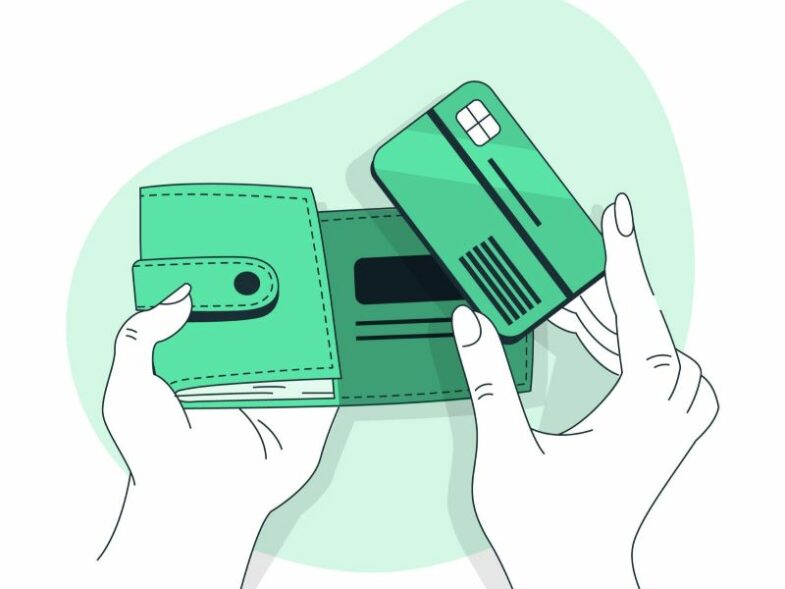If you’ve ever found yourself juggling multiple credit card balances, constantly worrying about high-interest rates, or struggling to pay down your debt, you might have come across the option of using a balance transfer card. In short, a balance transfer card allows you to move your existing credit card debt onto a new card with a low or 0% interest rate for a set period. It sounds like a good deal, right? But is it really the right choice for everyone?
While a balance transfer card can help you consolidate debt and save money on interest, it’s not a one-size-fits-all solution. In fact, it might not be the best option for people who have trouble managing credit cards or those with bad credit. In this article, we’ll explore when a balance transfer card is a smart choice and when it might be best to explore alternatives like best debt consolidation options.
What Is a Balance Transfer Card?
A balance transfer card is a credit card that lets you move the debt from your current cards to the new one, often at a much lower interest rate. Many of these cards offer introductory 0% APR for anywhere from 6 to 18 months. The goal is to help you pay off your debt more quickly without the high interest charges that can keep you stuck in a cycle of debt.
For example, if you have several credit card balances and are paying high interest rates on them, transferring that debt to a balance transfer card with a 0% introductory rate can help you pay down the principal faster. It gives you breathing room to make more significant progress on your debt without the added stress of interest piling up every month.
But while the benefits sound great, it’s important to know what’s involved. There are often balance transfer fees (typically 3-5% of the amount transferred), and once the introductory period ends, the interest rate can jump up significantly, often reaching 15-25% or more.
When Should You Consider a Balance Transfer Card?
A balance transfer card can be a helpful tool if you’re serious about paying off your debt and need to save money on interest. Here are a few scenarios where a balance transfer card might be right for you:
- You’re Focused on Paying Down Debt: If your primary goal is to pay off your debt faster, a balance transfer card can help by eliminating high-interest charges temporarily. This allows you to direct more of your payments toward the principal balance, which can speed up the process.
- You Have a Plan for Paying Off Debt: A balance transfer card works best if you have a clear plan to pay off the balance before the 0% APR period expires. If you don’t have a strategy in place to pay off the balance within the introductory period, the higher interest rate that kicks in afterward could undo all the benefits.
- You Can Avoid New Debt: Once you transfer your existing debt to the new card, it’s crucial not to rack up more debt on your old cards. If you continue to use your old credit cards, you might end up carrying even more debt, which could make your situation worse.
- You’re Looking for a Short-Term Solution: If you have a short-term window to work with (i.e., the introductory 0% APR period), and you’re confident that you can pay off a significant portion of the debt, a balance transfer card can be a good option. It’s an opportunity to get ahead without the burden of high interest.
When Might a Balance Transfer Card Not Be Right for You?
While balance transfer cards can be a great debt management tool for some, they’re not always the best solution for everyone. Here are some situations where a balance transfer card might not be the right choice:
- You Have Bad Credit: If your credit score is low, you may not qualify for the best balance transfer cards, or you may be offered a card with a high interest rate or low credit limit. Without access to a 0% APR offer, you might not save enough to make the transfer worthwhile.
- You Struggle with Credit Card Management: Balance transfer cards require careful management. If you’re the type of person who tends to forget due dates, make late payments, or overspend on credit cards, you might end up with a bigger problem. Missing a payment during the 0% APR period could result in the loss of your interest-free offer, leaving you with high interest rates.
- You Don’t Have a Plan to Pay Off the Debt: If you’re unsure whether you’ll be able to pay off the debt within the promotional period, the balance transfer card might not be the best idea. After the introductory 0% APR period ends, you could be stuck paying a much higher interest rate, which can undo any progress you’ve made.
- You Have Too Much Debt: If your total debt load is large, a balance transfer might not solve the problem on its own. While it can help with interest, it doesn’t address the root cause of your debt—excessive spending or inadequate income. In some cases, a more comprehensive debt relief strategy, such as best debt consolidation options, might be more effective in reducing your overall debt burden.
Alternative Options for Managing Debt
If you’re not sure whether a balance transfer card is right for you, there are several alternative options to consider:
- Debt Consolidation Loan: If you have multiple debts with high interest rates, a debt consolidation loan can help you combine your debts into one loan with a lower interest rate. This can simplify your payments and help you save money on interest over time.
- Debt Management Plan (DMP): A DMP is a structured repayment plan where you work with a credit counseling agency to pay off your debts over time. The agency may negotiate with creditors to lower your interest rates and consolidate your payments.
- Debt Settlement: In more extreme cases, if you’re struggling to keep up with payments, debt settlement may be an option. This involves negotiating with creditors to settle your debts for less than what you owe. However, this can severely impact your credit score and should only be considered as a last resort.
- Building Better Financial Habits: Ultimately, the best way to avoid relying on debt transfer options is by improving your financial habits. Create a budget, stick to it, avoid unnecessary purchases, and focus on paying off high-interest debts.
Conclusion
A balance transfer card can be a great tool for consolidating debt and saving money on interest—if it’s used properly. It’s important to assess whether you can handle the responsibility of managing the card, paying off the debt in the interest-free period, and avoiding new debt. For some, it’s an easy way to gain control over credit card debt, but for others, it might not be the right move.









